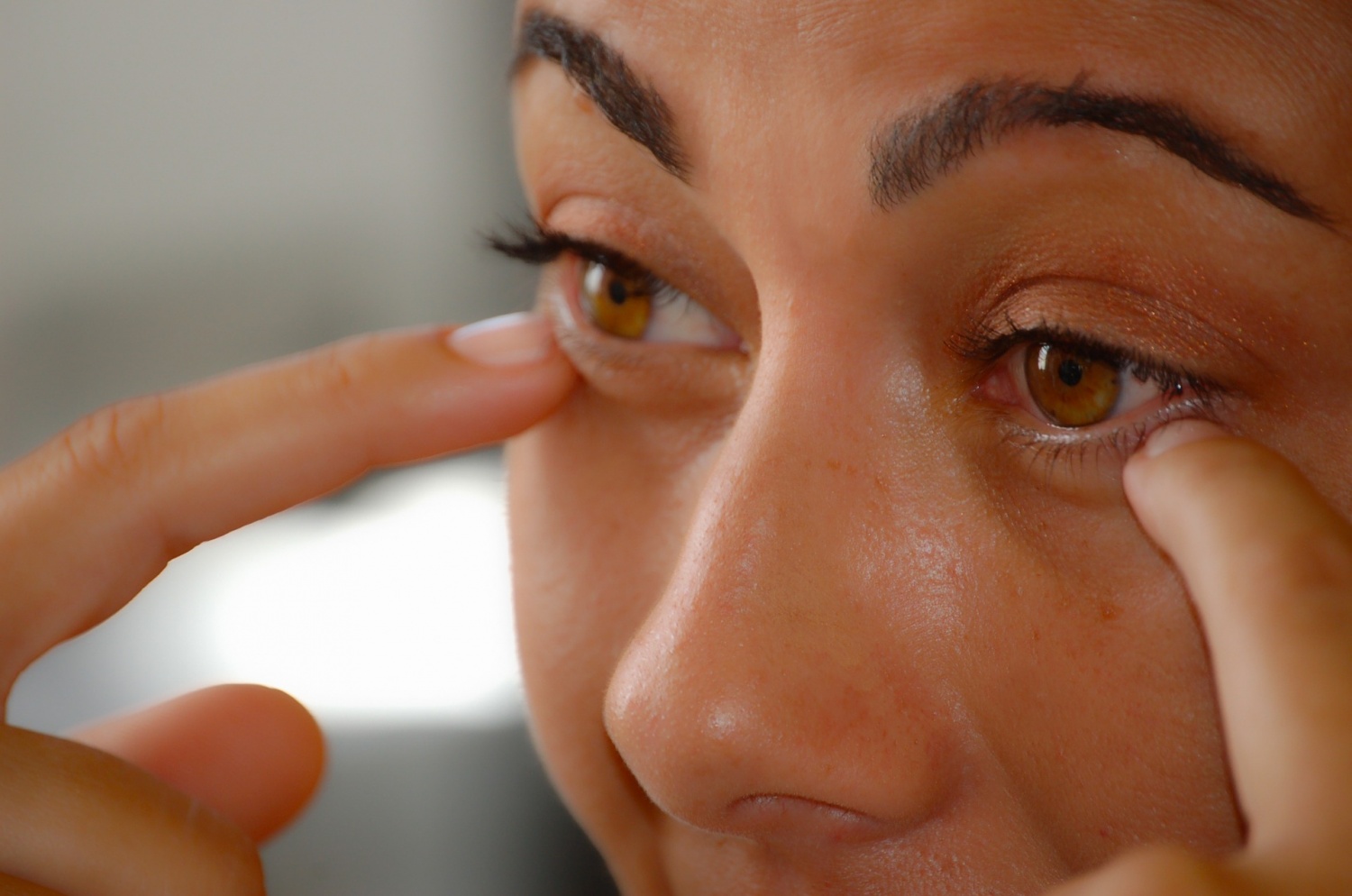 Credit : Pixabay/Juandpaola
Credit : Pixabay/JuandpaolaConcealer is a blessing in the beauty industry. It can hide flaws on our skin like dark circles, pimples and acne scars, among others.
However, there are a lot that go into choosing the right concealer that will blend flawlessly with our natural skin tone.
Applying the right technique will also ensure our concealer won't look cakey, show crease lines, or worse make our dark circles more apparent!
The Dreaded Gloomy Look
Dark circles tend to make us look tired and our skin oh-so-dull. Apparently, it's not only a lack of sleep that's causing this issue.
As it turns out, having dark circles is a sign of aging, nutrient deficiency, allergies, an underlying health condition, or due to genetics.
Lighter or Darker Shade?
When choosing the right concealer color, we tend to look for a shade that's closest to our skin tone, usually on the back of our hand.
Nonetheless, there's more to that. Experts share that undertones play a large part in choosing the right concealer, which should be the opposite color of your skin undertone.
For bluish dark circles, yellow or orange concealer works best. For brown or yellow under-eye circles, go for a concealer with a peachy base. For reddish dark circles and pimples, opt for a green-based concealer.
Where to Test the Concealer?
Match the concealer to the skin on your neck, just below your ear -- the spot where you usually put perfume on after you spritz some on your wrists.
The Right Formulation
Miranda Kerr famously uses three different concealers. To cover up acne, scars and other blemishes, opt for an opaque or matte concealer.
For dark circles, go for oil-based or cream concealers.
Half-moon or V-shaped
The correct technique for applying concealer to make it look flawless is to extend beyond the under-eye, blending towards your cheekbone.
If you only need light coverage, the half-moon technique will work just fine. Simply apply the concealer on your dark circles using a pointed brush and blend with your ring finger.
If you need more coverage, apply the concealer in a V-shape and blend it using a beauty blender.
Crease-free Concealer
Moisturizing is key to preventing the creases on your under-eye circles to show through the concealer. What looks perfect when you apply it in the morning may appear dry and cracked come mid-day or in the afternoon.
Eye creams or moisturizing primers help a lot to avoid that caked look that highlights the fine lines under the eyes.
Using a Concealer to Hide Blemishes
While some makeup artists may prefer using the ring finger to apply concealer on dark circles, the opposite is true for hiding blemishes like acne and scars.
The best technique is to spot-correct blemishes, so a clean pointed brush works best. It is essential to keep your makeup brushes clean to prevent further skin irritation on your pimples.
Finally, set the concealer with a loose finishing powder for a flawless look.
Foundation or Concealer: Which Goes First?
When using concealer for light or minimal coverage, apply concealer before you use foundation.
Some would even skip the foundation for that no-makeup makeup look.
With darker under-eye circles, some makeup artists prefer applying foundation first and then the concealer on top of the foundation. This should help you see which areas need coverage the most without over-application.
Check out YouTuber ModaMob try out concealer tips from Beyonce's makeup artist:

